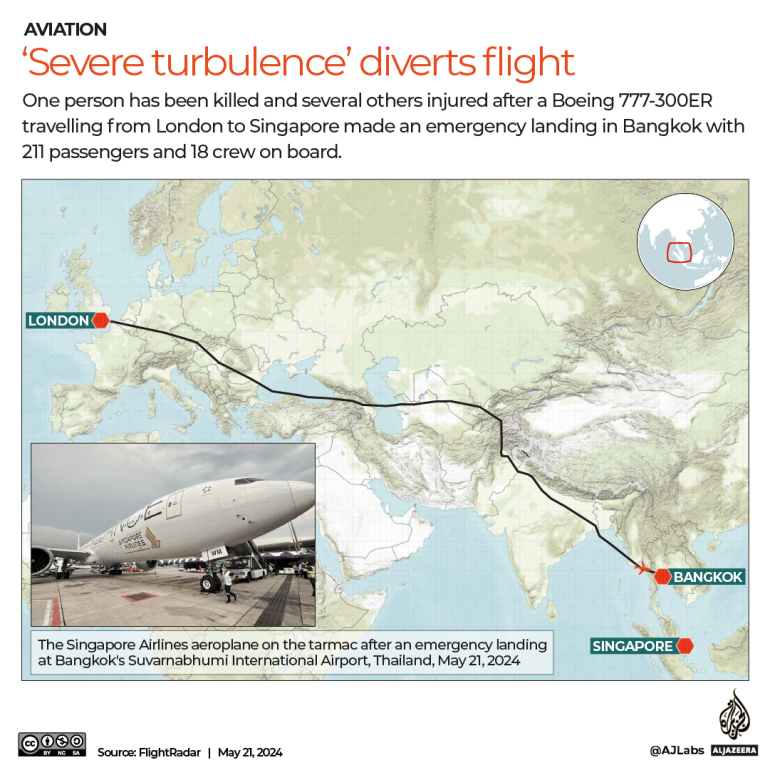With the death toll due to the COVID 2019 disease outbreak surpassing that of the 2003 SARS outbreak and with the number of confirmed cases increasing, — not only in China but the entire world in each passing day — it is important to assess the impact of this outbreak on our economy.
One way to perform this assessment is to first examine what was the effect of the 2003 SARS outbreak on the economies. This is exactly what was done in Moody’s Analytics recent report, Coronavirus: The Global Economic Threat.
The most affected
According to their analysis, among the countries they included, Hong Kong experienced the most negative impact due to the SARS outbreak. During this period, the real gross domestic product (GDP) in the city was lowered by 2.63 percentage points.
Following Singapore is China (-1.05 percentage points), Singapore (-0.47 percentage points), Malaysia (-0.15 percentage points), Philippines (-0.10 percentage points), South Korea (-0.10 percentage points), the United States (-0.07 percentage points), and Japan (-0.07 percentage points).
A bigger threat
According to Moody’s Analytics Chief Economist Mark Zandi, the economic impact of the COVID 2019 outbreak will be bigger than that of SARS.
Apart from the larger spread of the outbreak, this amplification of the negative impact results from the difference in China’s position as an economy in the global market in the past and at present.
Around 20 years ago, China only accounted for 4% of the global GDP. Currently, China holds 16% of the global GDP, making it an economic powerhouse.
Because of this increase in power, a lot of economies have developed some form of dependency with China. Most of these dependencies can be traced to China’s influence in the manufacturing sector. Moody’s Analytics reports that one-fifth of the global manufacturing output can be attributed to China.
Currently, the struggles of China will also be the struggle of other economies, especially the surrounding Asian countries that are intertwined with China’s supply chain.
Not safe
Even for the United States, which is currently in opposition to China due to the on-going trade tensions, is not safe from the negative effects of the COVID 2019 outbreak.
While the US may be lowering its dependence on China, the decline in Chinese tourism due to the outbreak is expected t0 affect the growth rate of the US. Right now, while the potential real GDP growth rate of the US caps at 2%, the projected figure in the light of the outbreak is only 1.7%.
With the trade tensions and geopolitical conflicts that are very much existent prior to the outbreak, our economy is extraordinarily fragile. There is too much unpredictability all at once that a slight misstep might cause the global economy to topple down.
With an imminent threat that can affect us all gravely, putting aside our differences and working towards the elimination of this outbreak is favorable. Yet, as straightforward as it may seem, we know that building unities isn’t as easy accomplished as it is spoken of.
Now that we know how SARS impacted the world nearly 20 years ago and how the COVID 2019 is clearly a greater threat, it is about time for us to show that we truly have learned from our previous shortcomings.










